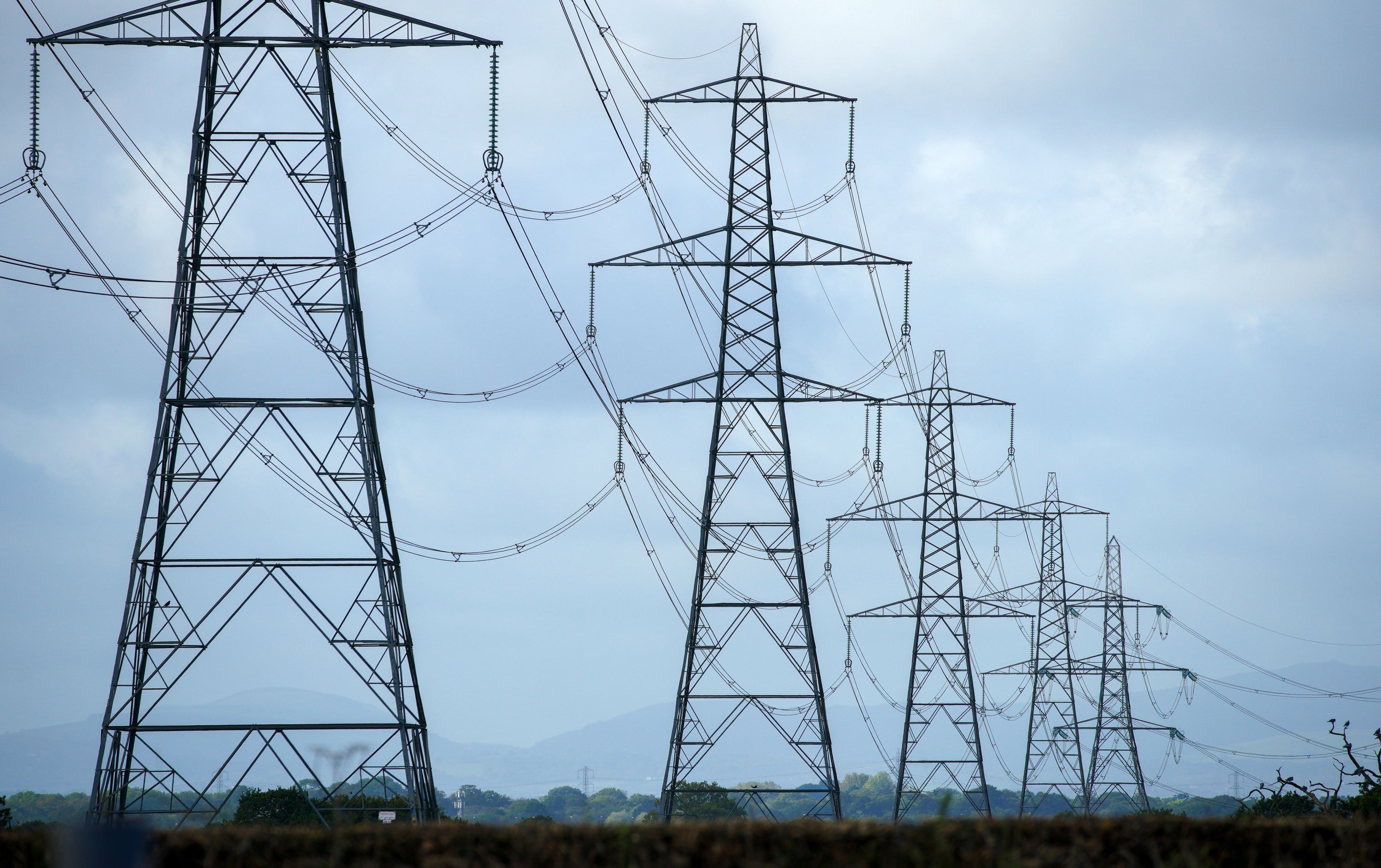One in five cut back on energy use as cost of living rises
One quarter of adults are dipping into savings to deal with the rising costs

More than one in five Britons have cut back on energy usage even ahead of a massive spike in gas and electricity prices in April.
The Office for National Statistics said that 66 per cent of adults said that their cost of living has increased in the past month, most of whom said that gas and electricity bills had contributed to the rise.
Of these, just under one third said that they were cutting back on spending on fuel such as gas and electricity.
More than half are spending less on non-essentials, while one quarter are dipping into savings.
The data offers a glimpse of the cost of living crisis which is only going to get worse in April.
Overall inflation in the UK hit 5.4 per cent in the 12 months to December, the highest level in nearly three decades.
Part of this was caused by a rise in energy costs in October, when the cap on household energy bills was set at a record £1,277 for an average household.
In April this cap is expected to rise further, probably to around £1,900 according to experts at Cornwall Insight.
It is likely to cause pain for millions of households, especially those with less insulation which will need to burn more gas to stay warm.
More than 86 per cent of households in England use gas to heat their homes, according to figures from 2019.
But poorly insulated homes are a lot more costly to heat. Average fuel costs in 2019 – before the massive spike – were £1,057 for well-insulated homes
These homes had energy ratings – called SAP – of between A and C. However D-rated homes cost £1,279 to run, while G-rated homes saw fuel bills reading £3,071, the ONS said.
Fewer than half of English homes have a rating of C or higher, according to data from last year.
Households with lower incomes will have a tougher time. The poorest 10 per cent of households use 54 per cent of their average weekly spend just to cover essentials, which includes energy, housing, food and transport.
The richest 10 per cent, meanwhile, spend 42 per cent on the same essentials.
Subscribe to Independent Premium to bookmark this article
Want to bookmark your favourite articles and stories to read or reference later? Start your Independent Premium subscription today.
